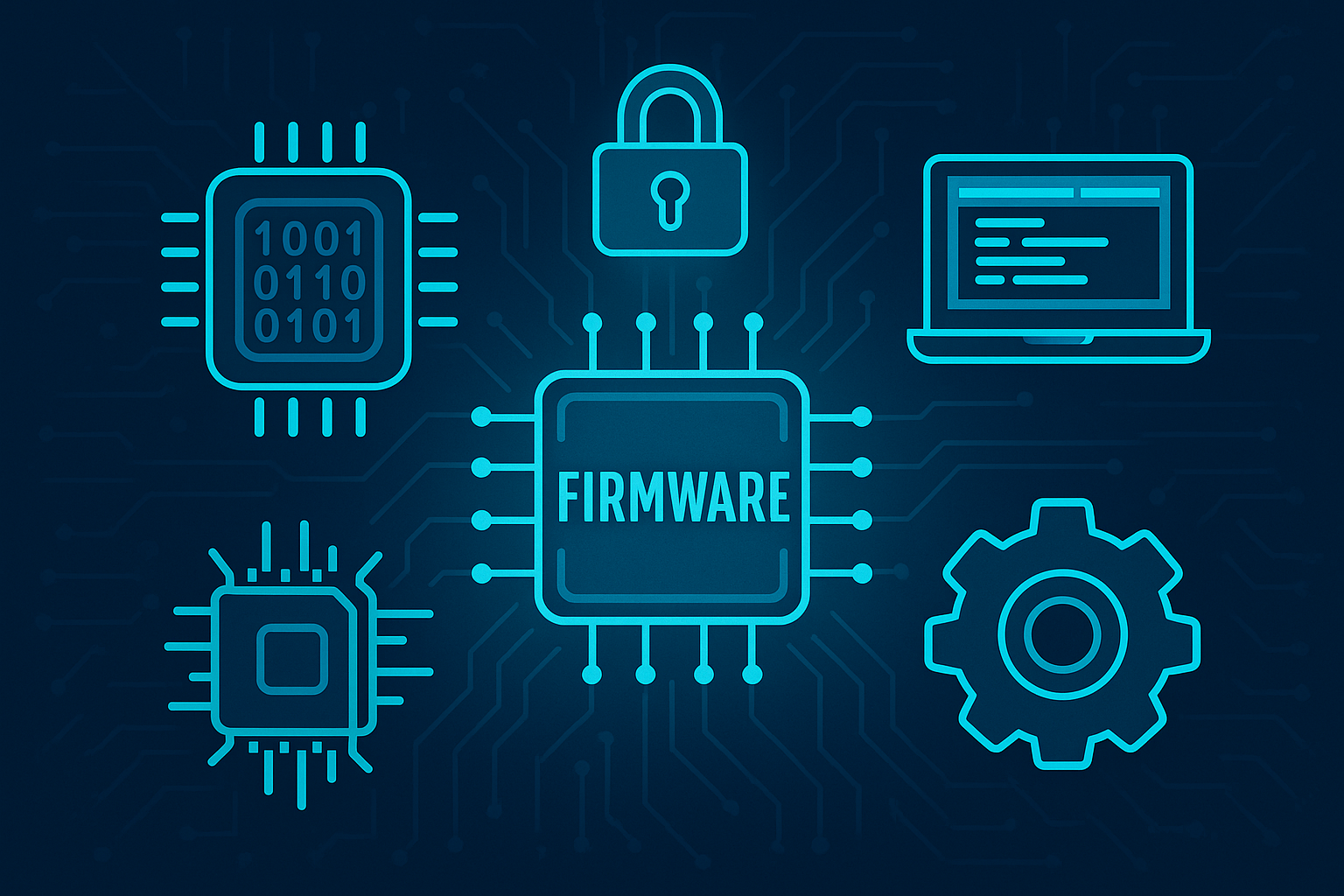Fortifying the Foundations: Unpacking the Crucial Role of Hardware and Firmware in Cybersecurity
When discussing cybersecurity, the spotlight often falls on software vulnerabilities and digital defenses. However, the roots of many security systems lie much deeper—at the hardware and firmware level. As we navigate an era where cyber threats are increasingly sophisticated, understanding these foundational elements becomes indispensable for comprehensive security strategies.
Understanding Hardware and Firmware in Cybersecurity
Hardware refers to the physical components of a computer or electronic system, such as chips and circuit boards. Firmware, on the other hand, is a specialized type of software that is specifically designed to control the hardware's operations. Unlike typical software that can be easily modified or updated, firmware is often embedded directly into the hardware and operates at a more fundamental level.
The Role of Hardware and Firmware Security
Historically considered secure, recent revelations show that hardware can be exploited, leading to severe security breaches. For instance, chips—a critical component of any electronic device—are both manufactured using sophisticated software techniques and are capable of holding firmware that interacts with other system parts. The implications of compromised hardware are vast, ranging from data leaks to full system control by malicious entities.
The importance of securing these components is evident from initiatives like DARPA's SSITH program, which aims to develop protections against common hardware exploits. Similarly, Microsoft has been actively working to enhance firmware security within its Azure cloud platform as part of a broader push to fortify the hardware it relies on.
Current Challenges in Hardware and Firmware Security
Several factors make hardware and firmware security uniquely challenging. The embedded nature of firmware makes it less accessible and harder to update, leading to persistent vulnerabilities if not managed properly. Furthermore, the complexity of modern hardware architectures adds another layer of difficulty in securing these components effectively.
Real-World Implications
Real-world impacts of these vulnerabilities can be seen in various sectors. Election security, for example, depends heavily on the integrity of hardware and firmware. Compromised voting machines can lead to undermined electoral processes, as highlighted by the Center for Internet Security.
Strategies for Enhancing Hardware and Firmware Security
To combat these threats, several strategies can be employed. Understanding the supply chain and the origin of hardware components is crucial for preventing tampering and counterfeit parts. Regularly updating firmware, despite its challenges, is necessary to protect against known vulnerabilities. Organizations like NIST provide guidelines and failure scenario analyses that help in formulating effective security policies, as seen in their recent publication on the subject.
Takeaway
The security of hardware and firmware is not just a technical necessity but a critical component of trust and reliability in modern technological systems. By prioritizing these areas, businesses and governments can safeguard against some of the most insidious cyber threats facing our world today.
